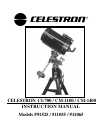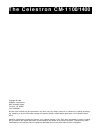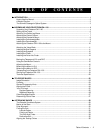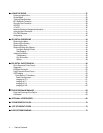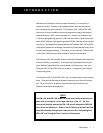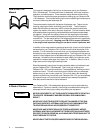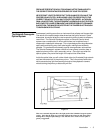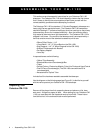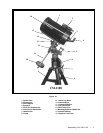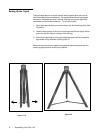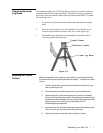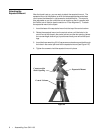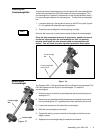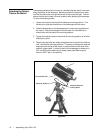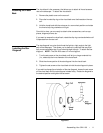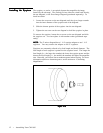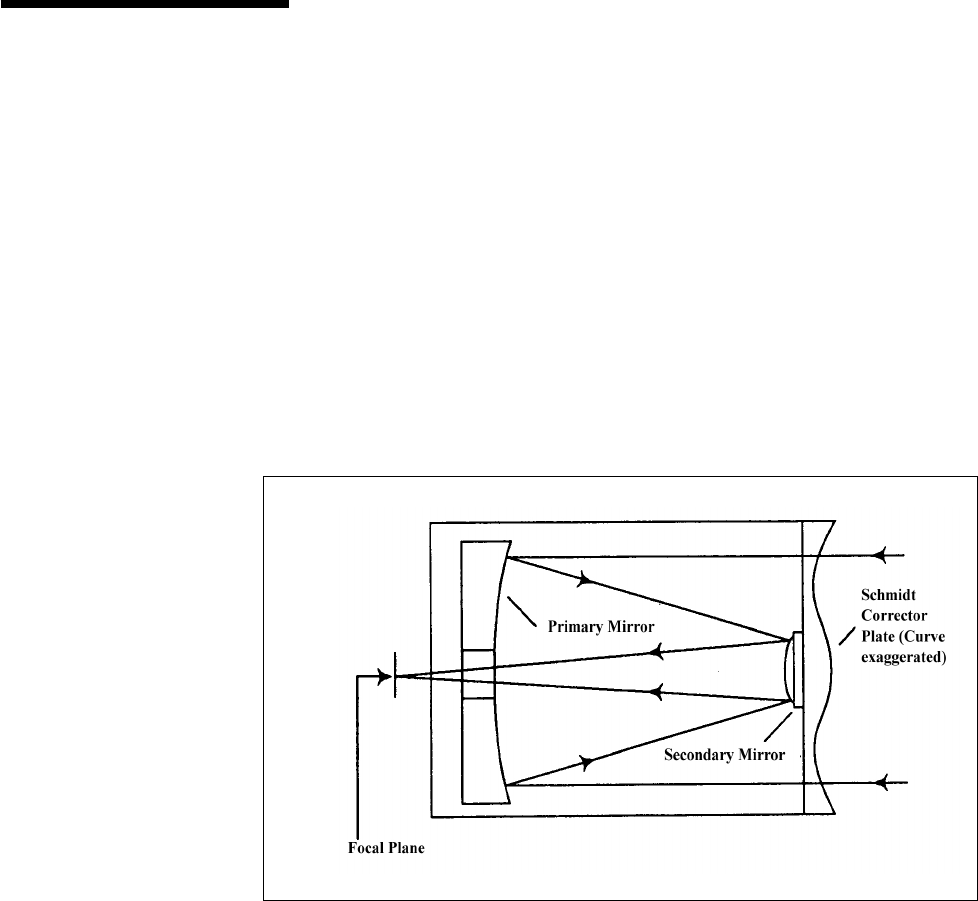
Introduction • 3
DREN ARE PRESENT OR ADULTS WHO MAY NOT BE FAMILIAR WITH
THE CORRECT OPERATING PROCEDURES OF YOUR TELESCOPE.
NEVER POINT YOUR TELESCOPE AT THE SUN UNLESS YOU HAVE THE
PROPER SOLAR FILTER. WHEN USING YOUR TELESCOPE WITH THE
CORRECT SOLAR FILTER, ALWAYS COVER THE FINDER. ALTHOUGH
SMALL IN APERTURE, THIS INSTRUMENT HAS ENOUGH LIGHT GATHER-
ING POWER TO CAUSE PERMANENT AND IRREVERSIBLE EYE DAMAGE.
IN ADDITION, THE IMAGE PROJECTED BY THE FINDER IS HOT ENOUGH
TO BURN SKIN OR CLOTHING.
A telescope is nothing more than an instrument that collects and focuses light.
The nature of the optical design determines how the light is focused. Some
telescopes, known as refractors, use lenses while others, known as reflectors,
use mirrors. The Schmidt-Cassegrain optical (or Schmidt-Cass for short)
system uses a combination of mirrors and lenses and is referred to as a
compound or catadioptric telescope. This unique design offers large diameter
optics while maintaining very short tube lengths, making them extremely
portable. This makes them extremely popular among amateur astronomers.
The Schmidt-Cassegrain system consists of a zero power corrector plate, a
spherical primary mirror, and a secondary mirror. Once light rays enter the
optical system, they travel the length of the optical tube three times.
Inside the optical tube you will notice a black tube (not illustrated) that extends
out from the center hole in the primary mirror. This is the primary baffle tube
which prevents stray light from passing through to the eyepiece or camera
without striking the primary or secondary mirrors.
Figure 1-1
This cross-sectional diagram shows the light path of the Schmidt-Cassegrain optical
system. Note that the light rays travel the length of the telescope tube three times,
making this a compact optical design. Note that the curve of the corrector plate is
greatly exaggerated.
The Schmidt-Cassegrain
Optical System



